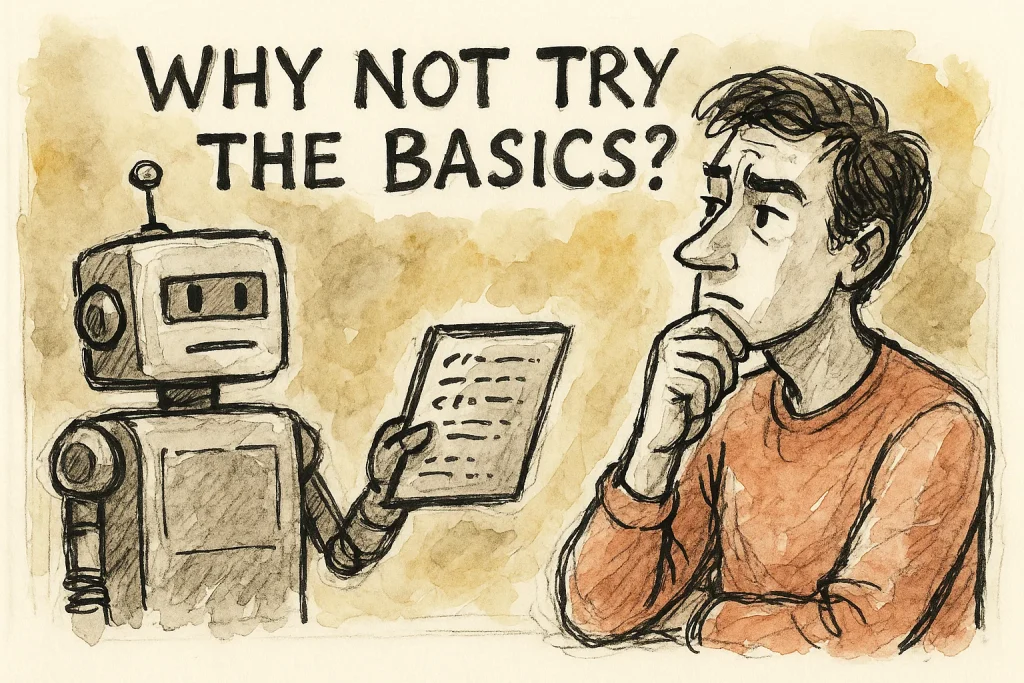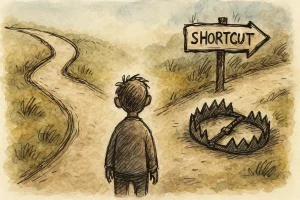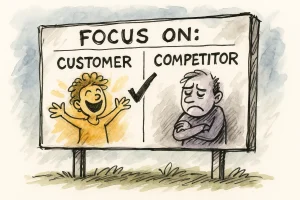
We are living in the “gold rush” of Artificial Intelligence. Every week, a new “revolutionary” tool emerges to automate and scale tasks that were once done by real people: texts generated in seconds, customer service via chatbots, medical diagnoses by algorithms. The corporate landscape seems to be heading towards a future where efficiency is measured in lines of code, not the quality of conversation. But, if everyone is rushing to the same point, maybe the true differentiator is to aim in the opposite direction: to return to being human.
The paradox of total automation
When most companies adopt AI to save time and reduce costs, a homogenization effect is created. Standardized emails, perfect “deepfake” videos, flawless reports – everything sounds right, but lacks soul. Customers notice: “Something here feels robotic.” The basics, such as remembering an old customer’s name or writing a thank-you note by hand, become extraordinary.
Human elements that gain value:
- Empathy: Chatbots still don’t understand the nuance of a sigh or the tremor in the voice of someone who is distressed.
- Contextual creativity: Algorithms combine patterns — humans connect memories, humor, and cultural timing.
- Trust: A humanized brand responds by phone, resolves without a script, and admits mistakes — a gesture impossible for software that only knows “exception flow.”
How to bring back the basics in practice?
- Active listening: In virtual meetings, turn off notifications and look at the camera as if it were an in-person gaze.
- Analog rituals: Send physical cards on key dates or treat customers to an unexpected thank-you call.
- Processes with room for flexibility: Allow employees to adjust policies to resolve unique customer issues, without delegating everything to AI rules.
Intangible (and powerful) benefits:
- Loyalty: People remember those who treated them as individuals, not leads.
- Organic word-of-mouth: Authentic experiences turn into shared stories, not cold metrics.
- Sustainable differentiation: While competitors race for speed, you race for emotional memory — something that can’t scale via an algorithm.
Conclusion
It’s not about rejecting technological progress; AI is a powerful tool. The proposal is to strike a balance: automate what’s repetitive and invest human warmth in what matters. If everyone is running towards the brilliant, maybe the jewel lies in the simple. After all, the basics never went out of style — it’s just that we forgot to practice them.
That’s it.





